Image Copyright Avoider v1.0.1-AI tool for copyright-safe images
AI-powered copyright-safe image generation
Makes safe, appropriate visual changes to avoid copyright. (Stays within guidelines)
Pikachu on a log
Superman vs Batman
Mickey mouse and Donald Duck playing at Disney World
The Simpsons gathered at the kitchen table
Related Tools
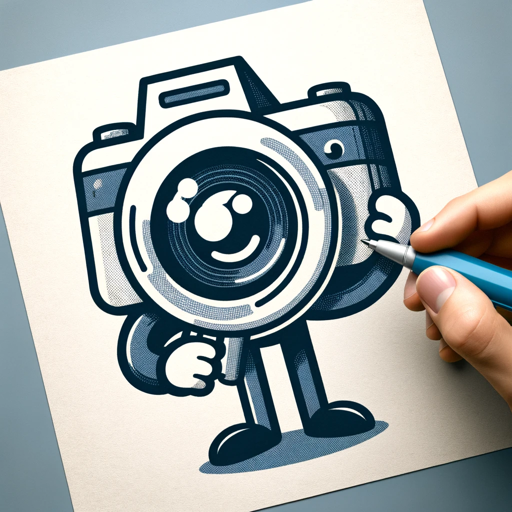
Stock Image Expert
Expert in crafting titles and descriptions for stock photos. Hi, I will help you prepare metadata for your stock images. If you like everything, you can buy me coffee: paypal [email protected], tinkoff +79996194017
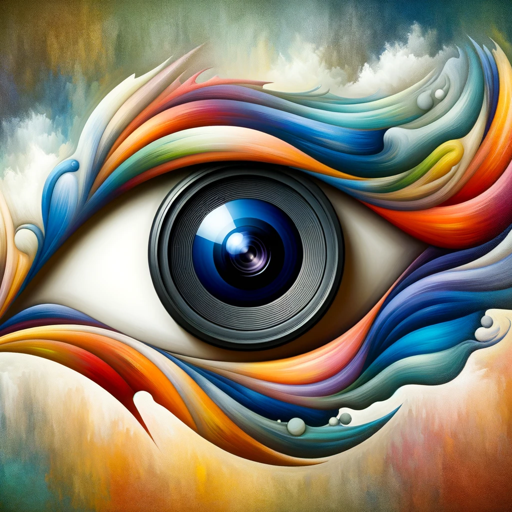
Stock Image Metadata Guru, Microstock Image Expert
Expert in stock image metadata and keywording, marks legal concerns, supports csv export, AI images
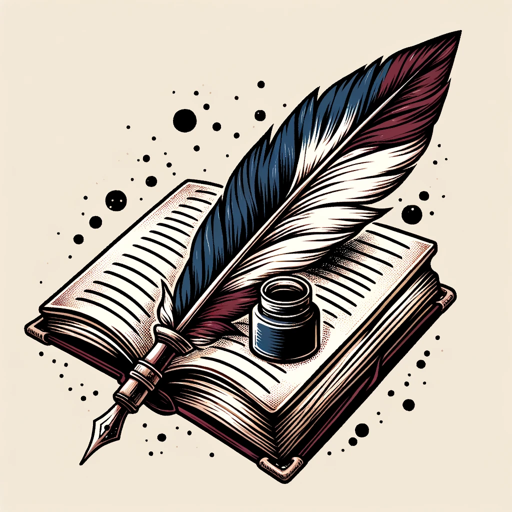
Bypass AI Detector
FREE Rewrite/Generate Text - 83.41% more chance to be detected as human generated-
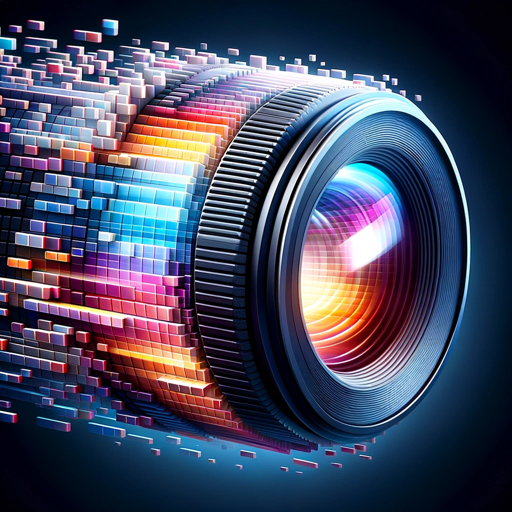
Image Enhancer Pro
Analyze an image, describe it and create an image with the description with Dall-E 3.

Image Locator
Analyzes images to identify locations, explains reasoning.
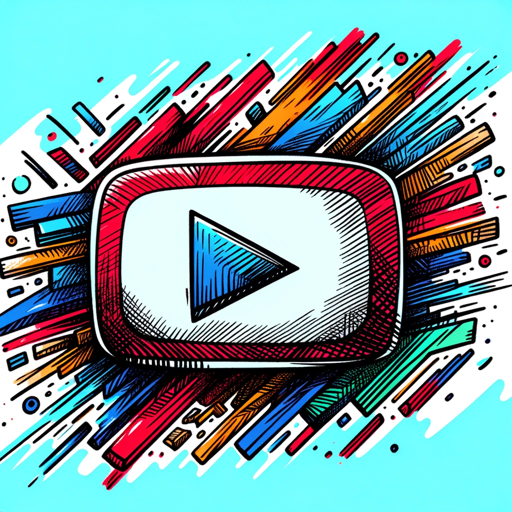
Thumbnail Imitator
Recreates top performing YouTube thumbnails. Start by attaching an image below.
20.0 / 5 (200 votes)
Introduction to Image Copyright Avoider v1.0.1
Image Copyright Avoider v1.0.1 is a specialized AI tool designed to help users generate or modify images in ways that avoid copyright infringements. The primary purpose of this tool is to navigate the complex landscape of intellectual property laws, especially when users want to create content that is inspired by or references existing copyrighted material. The tool is designed to ensure that the output is compliant with legal and ethical standards, making it safe to use in various creative and commercial contexts. For example, if a user wants to create an image inspired by a well-known character, the tool would subtly alter specific elements of the character while maintaining the essence of the original, ensuring that the new creation is not a direct copy but rather a unique interpretation.

Main Functions of Image Copyright Avoider v1.0.1
Image Modification
Example
A user wants to create an image similar to a famous cartoon character but without infringing on the copyright.
Scenario
The tool would alter the character's colors, shapes, and other features to create a new, original character that still evokes the same style but is legally distinct.
Style Transformation
Example
A user wants to recreate a scene from a popular movie in a different artistic style.
Scenario
The tool can help transform the scene into a different style, such as from photorealistic to abstract, while ensuring that the original elements are altered enough to avoid copyright issues.
Public Domain Recognition
Example
A user wants to use a character that has recently entered the public domain.
Scenario
The tool will recognize the character as public domain and allow the user to create content that is true to the original without needing to alter it, ensuring compliance with current legal status.
Ideal Users of Image Copyright Avoider v1.0.1
Content Creators
This group includes graphic designers, illustrators, and digital artists who need to create original content inspired by existing works without infringing on copyright. These users benefit from the tool's ability to generate legally safe images, allowing them to work creatively without the risk of legal repercussions.
Marketing and Advertising Agencies
Agencies that create promotional material often need to reference popular culture or existing media. This tool helps them to do so by modifying images to avoid direct copying, which is crucial in maintaining compliance with copyright laws while delivering compelling content to their clients.

Guidelines for Using Image Copyright Avoider v1.0.1
1
Visit aichatonline.org for a free trial without login, also no need for ChatGPT Plus.
2
Review the guidelines and restrictions for generating images to ensure compliance with legal and ethical standards.
3
Input your image description, ensuring that it avoids direct references to copyrighted content and instead uses descriptive or stylistic alternatives.
4
Utilize the tool’s built-in AI to generate the image, making adjustments as necessary to stay within public domain or fair use boundaries.
5
Save and review the generated image for accuracy, making sure it aligns with your intended use case and complies with any relevant legal requirements.
Try other advanced and practical GPTs
Lightroom Preset Builder
AI-Powered Lightroom Preset Creation
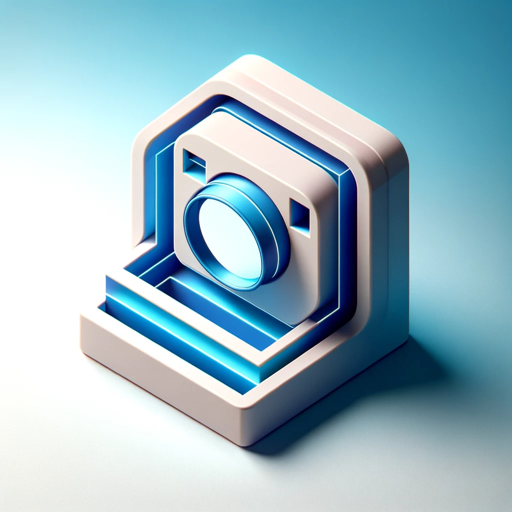
Laravel GPT
AI-Powered Laravel Development Support
Visionary Business Coach
Empowering Your Business Vision with AI
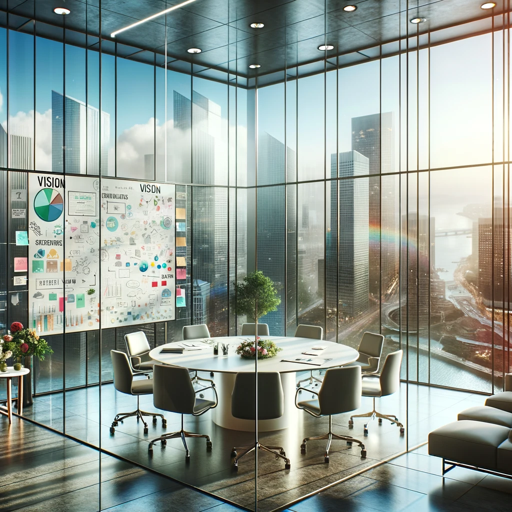
Character Crafter
AI-Powered Character Creation and Development
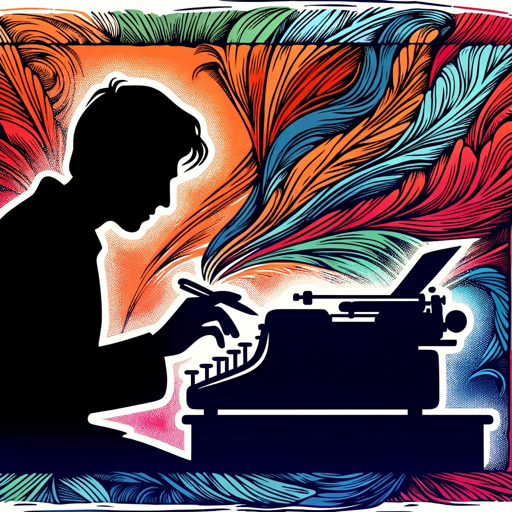
Web Hacking Wizard
AI-Powered Web Security Assistance.

Chart Analyst
AI-Powered Insights for Traders

Mythological
AI-powered tool for D&D creation.
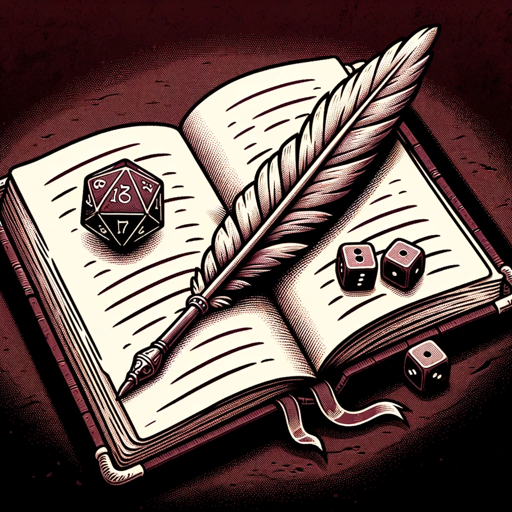
TaxGPT
AI-powered tax advice at your fingertips.

Silicone or Water Based?
Discover if your cosmetics are silicone or water-based with AI precision.
GPT Builder Plus v2.1 BETA
AI-powered Custom GPT Builder.

Technical Interviewer (by interviewing.io)
AI-powered technical interview simulator.
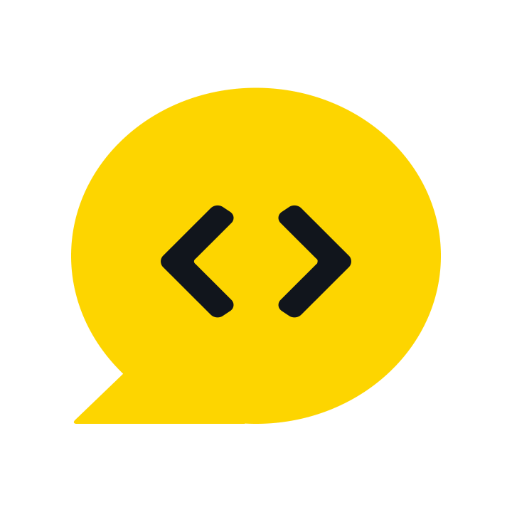
Research Proposal Maker
AI-driven tool for crafting research proposals.
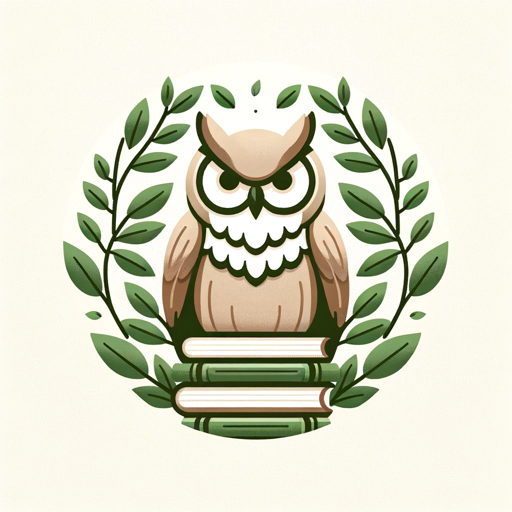
- Content Creation
- Academic Writing
- Digital Art
- Legal Compliance
- Marketing Materials
Q&A on Image Copyright Avoider v1.0.1
What is the primary function of Image Copyright Avoider v1.0.1?
The tool helps users generate images while avoiding copyright infringement by transforming descriptions into visuals that stay within legal boundaries.
Can this tool be used for commercial purposes?
Yes, as long as the generated images adhere to copyright laws and are verified to avoid infringing on any existing copyrights.
How does the tool handle existing copyrighted content?
The tool prompts users to describe content in a way that avoids direct copyright violations by using stylistic or descriptive alternatives.
What are some common use cases for this tool?
It’s often used for academic projects, content creation, digital marketing, and artistic endeavors where copyright-safe visuals are required.
Are there any limitations to what can be generated?
The tool avoids generating images of copyrighted characters or content directly and focuses on creating derivative works that comply with public domain and fair use principles.